The fiery pulse of flamenco guitar is unmistakable—a rhythmic language that speaks of passion, sorrow, and defiance. Unlike classical or contemporary guitar styles, flamenco is rooted in a complex interplay of time, accent, and silence. It’s not just music; it’s a conversation between the player and the centuries-old traditions of Andalusia. The rhythms, or compás, are the backbone of this art form, dictating everything from the guitarist’s strumming patterns to the dancer’s footwork. To understand flamenco is to understand its heartbeat.
At the core of flamenco’s rhythmic identity are the palos, the musical forms that define its structure. Each palo has a distinct compás, often revolving around 12-beat cycles, though some use 4, 6, or even irregular counts. The soleá, for instance, is a 12-beat pattern with accents on the 3rd, 6th, 8th, 10th, and 12th beats, creating a syncopated tension that feels both deliberate and spontaneous. Meanwhile, the bulería, often played at breakneck speed, shifts accents unpredictably, challenging even seasoned musicians. These patterns aren’t rigid—they breathe, bend, and occasionally break, guided by the guitarist’s intuition.
The guitar itself becomes a percussion instrument in flamenco. Techniques like golpe (tapping the guitar’s body) and rasgueado (a rapid strumming motion) add layers of rhythm, blurring the line between melody and drumbeat. The right hand is rarely still, alternating between sharp attacks and muted strokes to emphasize the compás. This percussive approach sets flamenco apart from other genres, where the guitar might prioritize harmony or melody. Here, rhythm is king, and every note serves its sovereign.
Yet, flamenco’s rhythm isn’t just technical—it’s emotional. The pauses between beats are as meaningful as the beats themselves. A well-timed silence, or ayudado, can heighten the drama, leaving the listener hanging on the edge of resolution. This push-and-pull dynamic mirrors the cante (singing) and baile (dance), where improvisation within the compás tells a story. A guitarist might linger on a dissonant chord or rush into a flurry of notes, reacting to the cries of the singer or the stomps of the dancer. It’s a dialogue of rhythm, one that demands both precision and abandon.
Modern flamenco continues to evolve, but its rhythmic soul remains intact. Artists like Paco de Lucía and Vicente Amigo have pushed boundaries, blending jazz and world music influences while honoring the compás. Even in fusion, the 12-beat cycle persists, a testament to its enduring power. For aspiring flamenco guitarists, mastering rhythm isn’t just about counting—it’s about feeling the weight of history in every strum. As the old saying goes, "Sin compás, no hay flamenco": Without rhythm, there is no flamenco.
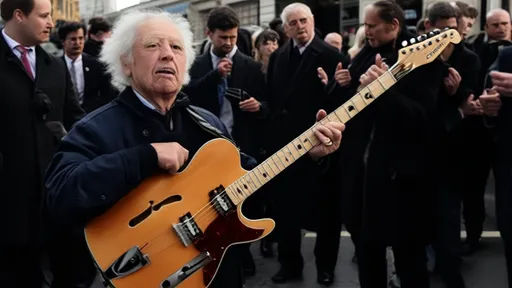
By /Aug 5, 2025

By /Aug 5, 2025
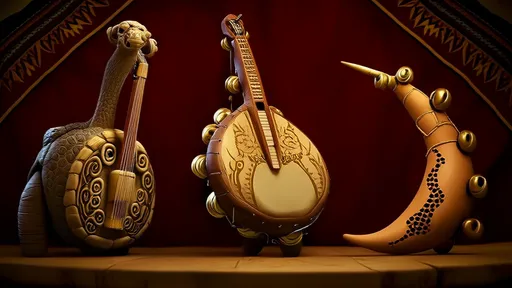
By /Aug 5, 2025
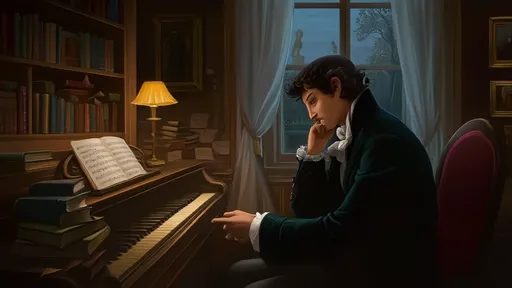
By /Aug 5, 2025
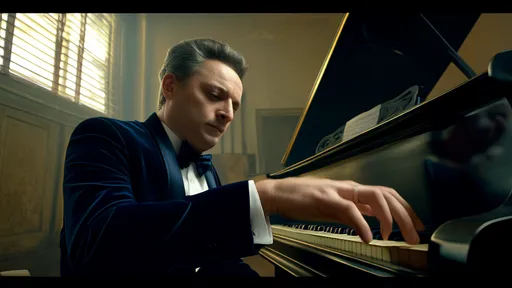
By /Aug 5, 2025
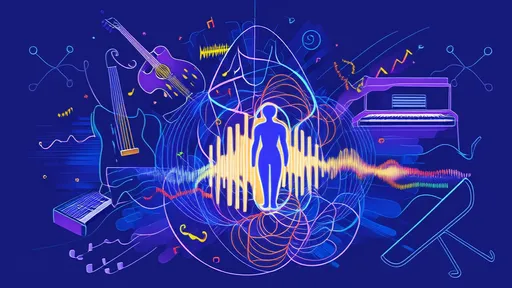
By /Aug 5, 2025
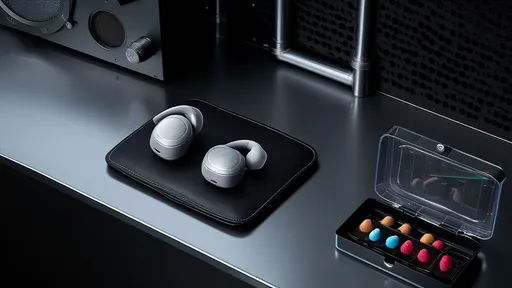
By /Aug 5, 2025

By /Aug 5, 2025
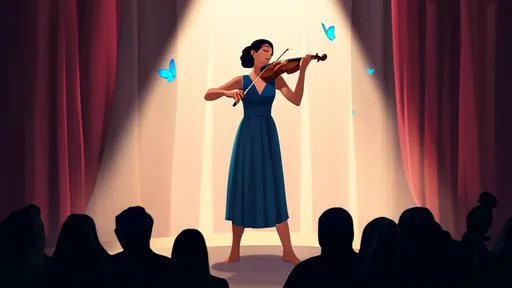
By /Aug 5, 2025
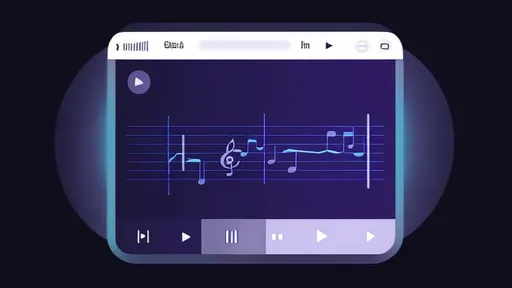
By /Aug 5, 2025

By /Aug 5, 2025

By /Aug 5, 2025
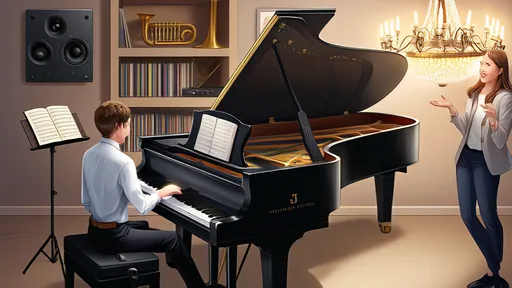
By /Aug 5, 2025
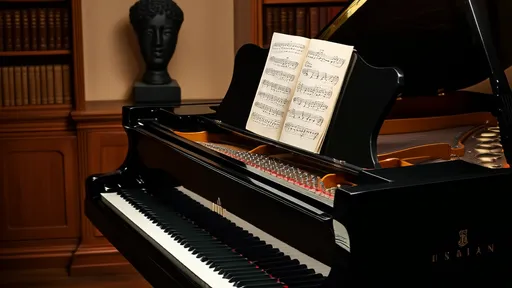
By /Aug 5, 2025
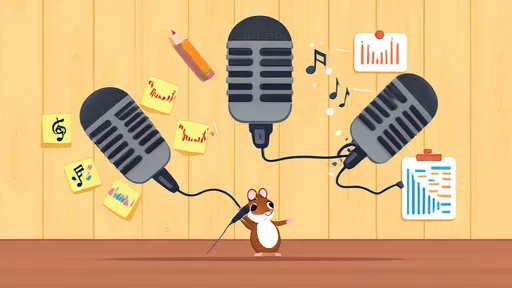
By /Aug 5, 2025

By /Aug 5, 2025

By /Aug 5, 2025
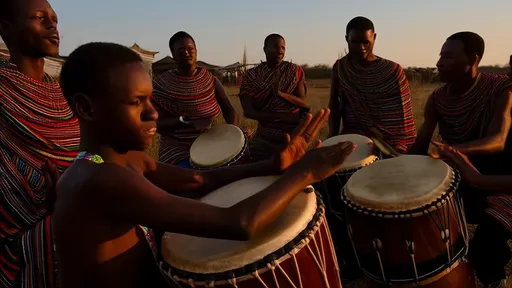
By /Aug 5, 2025
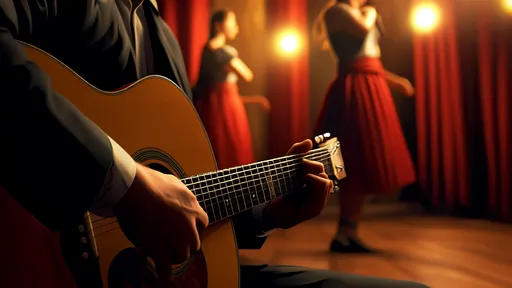
By /Aug 5, 2025
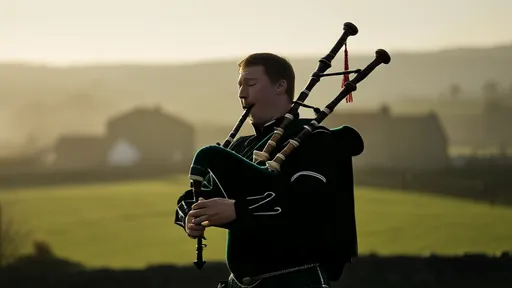
By /Aug 5, 2025